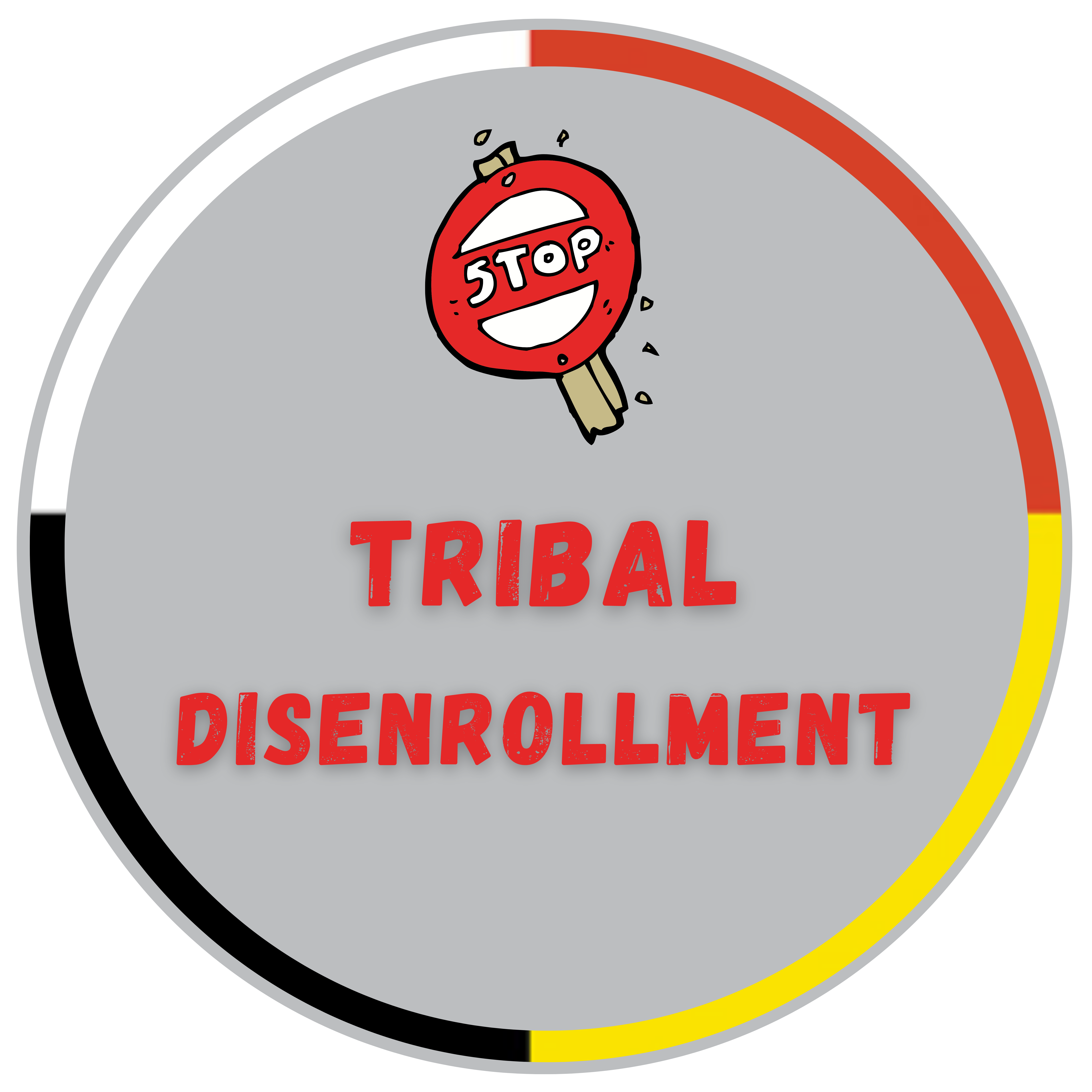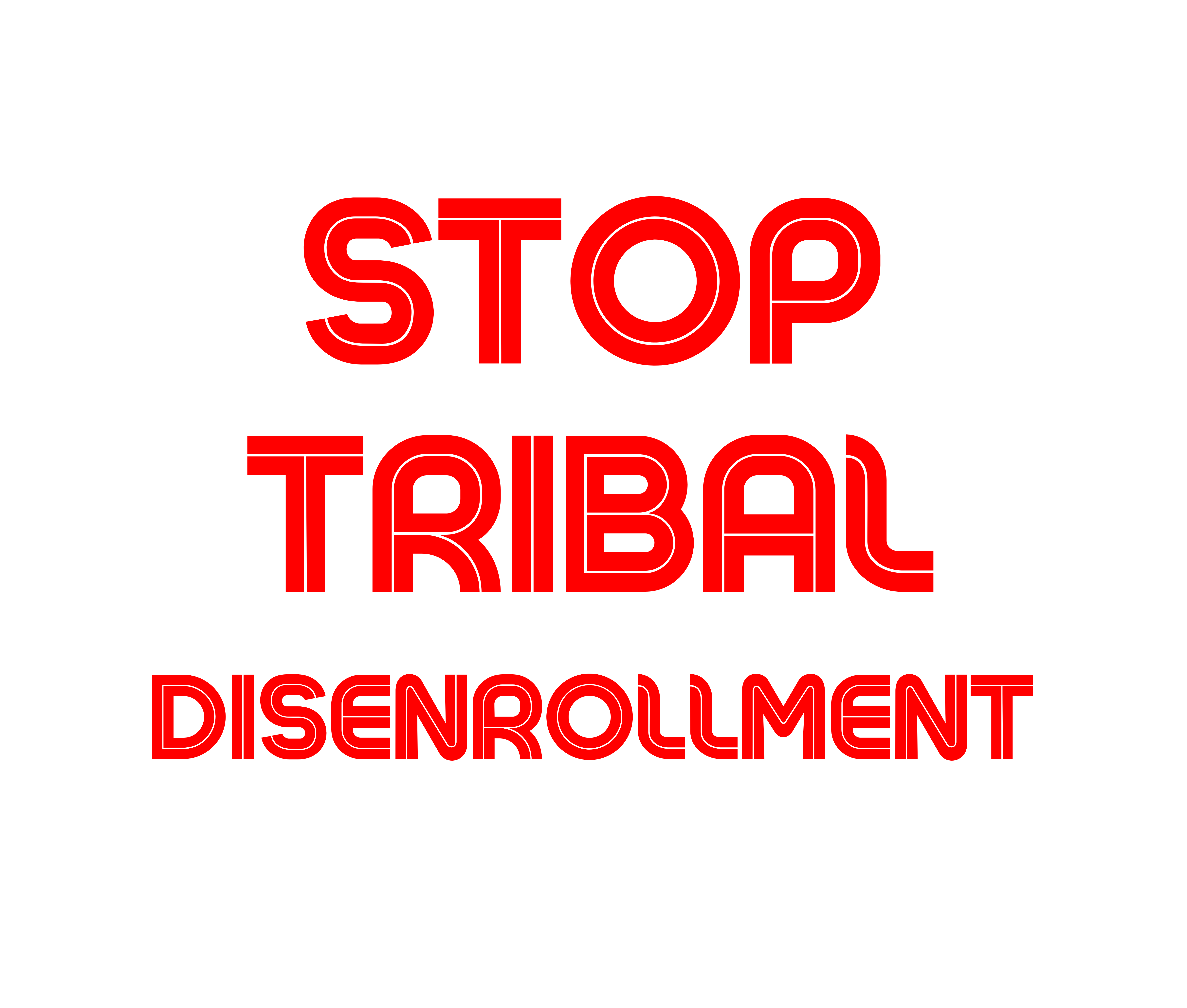Tribal disenrollment, also known as tribal genocide, is a controversial practice that involves revoking tribal membership and stripping individuals of their indigenous identity. This practice has been a longstanding issue in Native American communities, causing widespread trauma, displacement, and division. While the reasons for disenrollment vary, it often stems from political, economic, and cultural conflicts within the tribe. In this article, we will explore the impact of tribal disenrollment on Native American communities, including the historical context, legal framework, and human consequences of this practice. We will also examine the fight against disenrollment and discuss potential solutions for healing and rebuilding tribal communities.
Understanding Native American Tribal Disenrollment
The definition of tribal disenrollment
Tribal disenrollment, also known as tribal genocide, is the process by which a Native American tribe expels members of its own community from tribal membership. It is a legal process controlled by tribal governments that revokes a person's status as a tribal member, taking away their rights to tribal sovereignty, land, resources, and cultural heritage.
How tribal disenrollment is different from membership revocation
Tribal disenrollment is often confused with membership revocation. Membership revocation is the process by which an individual voluntarily chooses to leave a tribe or is removed due to a breach of tribal law. However, disenrollment is the forced removal of individuals who are native to the tribe and have deep roots in their community, often without just cause or due process. Tribal disenrollment is a controversial issue that has been happening for decades within Native American communities.
The Historical Context of Tribal Disenrollment
The impact of colonization on Native American tribes
The European colonization of the Americas in the 16th century had a profound impact on Native American tribes. The violence and diseases brought by colonizers led to the displacement and genocide of Native Americans. The US government's policies of forced assimilation and termination in the early 20th century also aimed to destroy Native American culture and identity.
The emergence of disenrollment in the context of termination policies
Disenrollment began to emerge as a tool of Native American tribal governments during the termination era. Termination policies were enforced by the US government to end the legal relationship between tribes and the federal government. This led to the loss of federal recognition and funding for many tribes, which made them economically vulnerable. Disenrollment was seen as a way for some tribes to consolidate resources and gain more power.
The Human Costs and Consequences of Disenrollment
The physical and emotional toll on disenrollees
Disenrollees often experience trauma and loss of identity, as they are disconnected from their ancestors, traditions, and cultural heritage. This can cause emotional and physical distress, including depression, anxiety, and substance abuse.
The impact of disenrollment on families and communities
Disenrollment also has devastating effects on the families and communities of those who are removed from a tribe. It creates rifts and divides within families and communities, leading to social and economic instability. The process is particularly traumatic for elders and children who are often the most vulnerable members of the community.
The economic consequences of disenrollment
Disenrollment also has economic impacts. Tribal members who are disenrolled lose access to tribal resources, including healthcare, education, and housing. They are also excluded from participating in tribal businesses and receiving per capita payments. Disenrolling members can also weaken the tribal economy, as many treaties and land claims require a certain number of members for tribal sovereignty.
The Legal and Political Landscape of Tribal Disenrollment
The legal framework for tribal disenrollment
The legal framework for tribal disenrollment varies by tribe and by state. Tribal governments have the right to control their membership, but there are legal and constitutional limitations to this power. Disenrollment can be challenged under the Indian Civil Rights Act, which provides basic protections for Native Americans against tribal governments.
The role of the federal and state government in tribal disenrollment
The federal and state government have different roles in tribal disenrollment. The federal government provides some funding and assistance to Native American tribes, but generally, it has limited involvement in tribal governance. State governments also have limited power over tribal disenrollment, but they can intervene if there are violations of civil rights or if public safety is threatened. Overall, tribal disenrollment is a complex issue that requires the cooperation, respect, and understanding of all parties involved.
The Fight Against Tribal Disenrollment: Activism, Resistance and Resilience
Disenrollment or tribal genocide is a concept that refers to the process of expelling Native American members from their respective tribes. This practice, which has been steadily increasing over the past few years, has devastating impacts on the lives of disenrollees and their families, and threatens the well-being of entire tribal communities.
The role of disenrollees in fighting against disenrollment
Disenrollees, who have been forced out of their tribes, have been at the forefront of the fight against disenrollment. They have taken the initiative to share their stories, educate others, and raise awareness about the issue. They have also formed organizations and networks to support each other and advocate for change. Their efforts have been instrumental in exposing the corruption and manipulation that often underlie disenrollment decisions.
The impact of activism on the tribal disenrollment movement
Activism and resistance by disenrollees and their allies have also been critical in the fight against disenrollment. These efforts have included protests, social media campaigns, and legal challenges. Activists have brought national attention to the issue, putting pressure on tribes, government officials, and the public to act against disenrollment. As a result, several tribes have reversed their disenrollment decisions, and others are rethinking their policies.
The role of resilience in the face of disenrollment
Resilience is another critical factor in the fight against disenrollment. Despite the trauma and hardships caused by disenrollment, many disenrollees and their families have shown remarkable resilience. They have found ways to cope with the loss of their tribal identity and cultural heritage and have continued to advocate for their rights. The resilience of disenrollees and their allies has been an inspiration for others to join the fight against disenrollment.
Moving Forward: Solutions, Healing and Rebuilding Tribal Communities
To end disenrollment and ensure the well-being of Native American communities, it is essential to find solutions that promote healing and rebuilding.
Proposed solutions for ending tribal disenrollment
Proposed solutions to ending disenrollment include strengthening tribal governance, increasing transparency and accountability, and establishing clear criteria and procedures for disenrollment decisions. There is also a need for greater education and awareness among tribes and the public about the harms of disenrollment and the importance of protecting tribal sovereignty.
The role of healing in the wake of disenrollment
Healing is also crucial for disenrollees and their families. This includes addressing the trauma and psychological impact of disenrollment, reconnecting with cultural traditions and practices, and providing support for the restoration of tribal identity. It is also essential to provide access to resources and services that enable disenrollees to rebuild their lives and communities.
Rebuilding tribal communities after disenrollment
Rebuilding tribal communities after disenrollment requires a collective effort from tribes, disenrollees, and their allies. This includes working towards reconciliation and healing, restoring tribal citizenship and cultural identity, and fostering unity and solidarity within the community. The rebuilding process also involves advancing economic development opportunities, education, and health services, which support the well-being and prosperity of tribal communities.
In conclusion, the fight against tribal disenrollment requires the collective efforts of tribes, disenrollees, and their allies. By promoting activism, resistance, resilience, and solutions that promote healing and rebuilding, we can mitigate the harm caused by disenrollment and ensure the well-being of Native American communities.In conclusion, tribal disenrollment is a complex issue that has had devastating consequences for Native American communities. It is essential that we continue to raise awareness about this practice and work towards finding sustainable solutions that respect tribal sovereignty and protect the rights of disenrollees. By recognizing the human costs of disenrollment and supporting the efforts of disenrollees and their allies, we can help to create a more just and equitable future for all members of Native American communities.
FAQ
What is the difference between tribal disenrollment and membership revocation?
Tribal disenrollment involves the removal of an individual from the tribe's registry, effectively stripping them of their tribal citizenship and identity. Membership revocation, on the other hand, refers to the removal of an individual from a specific tribal organization or program, while allowing them to retain their overall tribal citizenship.
What are some of the reasons for tribal disenrollment?
Reasons for tribal disenrollment vary widely, and can include political power struggles, economic disputes, cultural conflicts, and more. In some cases, disenrollment is used as a way to punish or silence individuals who are critical of tribal leadership or policies. In other cases, disenrollment may be used as a way to consolidate resources or assert control over tribal membership and decision-making.
What are some of the legal challenges to tribal disenrollment?
While tribes are generally considered sovereign nations with the right to determine their own membership criteria, disenrollees and their allies have argued that tribal disenrollment violates human rights, constitutional protections, and international law. Some disenrollees have pursued legal action in tribal, state, or federal courts, while others have turned to grassroots organizing and advocacy to challenge disenrollment from within their communities.
What can individuals do to support disenrollees and efforts to end tribal disenrollment?
There are many ways that individuals can support disenrollees and efforts to end tribal disenrollment, including staying informed about this issue, amplifying the voices of disenrollees and their allies, supporting advocacy and legal efforts to challenge disenrollment, and engaging with organizations that are working to promote tribal sovereignty and protect the rights of indigenous peoples.

Tribal disenrollment is one of the must disgraceful acts that any Native American leader can do to their own people.

Join the conversation on Facebook